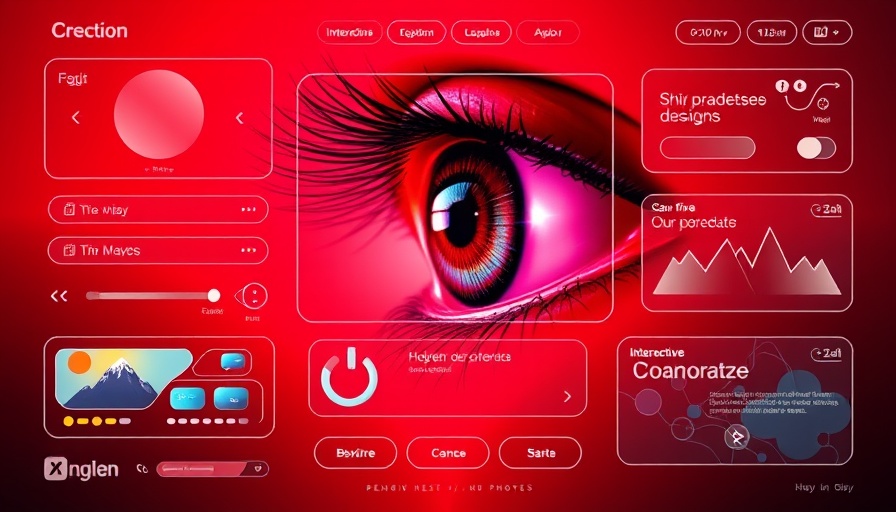
A Shift in Streaming Dynamics: The Apple TV+ Advantage
In a landscape dominated by Netflix and Amazon, Apple TV+ continues to carve its niche, particularly in the realm of original films. The recent Oscar win for CODA has greatly shifted perceptions, proving that Apple is not only a serious contender but home to some of the most talked-about movies in the industry today. This makes it essential for marketing managers to understand what influences the success of these films and the impact on viewer engagement.
Top Recommendations for September
Among the stellar lineup on Apple TV+, WIRED highlights a few must-watch films:
- Highest 2 Lowest: Directed by Spike Lee, this gripping thriller starring Denzel Washington and A$AP Rocky explores familial love against a backdrop of suspense woven through the fabric of New York City.
- Echo Valley: Starring Julianne Moore, this film dives deep into maternal instincts and dark secrets, representing a more nuanced exploration of family dynamics.
- Snoopy Presents: A Summer Musical: This light-hearted Peanuts special offers a nostalgic glimpse into childhood adventures, appealing to families and providing a gentle reminder of the simple joys of summer.
Each of these selections not only entertains but serves as a case study for marketing communications and viewer engagement on Apple TV+. Examining how these films are marketed can provide insights into targeting varied demographic segments.
The Role of Awards in Streaming Success
Awards and critical acclaim play a pivotal role in attracting viewership. Apple TV+ has leveraged its winning accolades to drive subscriptions, proving that quality content is still king. This trend is particularly valuable for marketing managers to observe, as they can see how highlighting achievements can enhance a product's appeal.
Viewer Engagement and Streaming Services
Engagement metrics are crucial for streaming services. Apple has been successful in creating a balance between quantity and quality. Films like CODA serve as a touchpoint for discussions regarding representation and community narratives, further enhancing viewer interest across various social platforms.
Marketing Strategies for Success
As marketers, understanding the promotional strategies behind successful films is key. From social media campaigns to influencer partnerships, every element can contribute to a film’s visibility and viewer reception. The impact of grassroots marketing and strategic partnerships is evident in how Apple TV+ positions its films.
Future Predictions for Apple TV+
Looking forward, Apple TV+ is expected to continue investing in original content while strategically curating its library. As Martin Scorsese famously said, "Film is a matter of life and death for me, and if it’s not worth it, it’s ultimately not worth doing." This philosophy seems well-aligned with Apple’s vision, suggesting that the platform will prioritize artistic integrity in its future selections.
Conclusion: Embrace the Evolution of Content
For marketing managers, the evolution of Apple TV+ signals a shift in how streaming platforms can redefine success in film production and consumption. By grasping these dynamics, marketers can tailor their strategies, whether they represent entertainment brands or other industries influenced by storytelling.
 Add Row
Add Row  Add
Add 




Write A Comment